Dreary clouds settled over Baltimore this past week, bringing a persistent rain to the work of clearing the wreckage of the Francis Scott Key Bridge. The bridge collapsed in late March after a cargo ship crashed into it, and the community is only just beginning the task of coping with the impact.
The collapse is changing the lives of many people in the surrounding area. Residents are coping with the loss of six lives as well as the closure of a crucial means of transportation. People are coming together to support first responders and the families of the construction workers who died in the collapse. And with the Port of Baltimore mostly closed, businesses are feeling the pressure and are uncertain what will happen in the next few weeks.
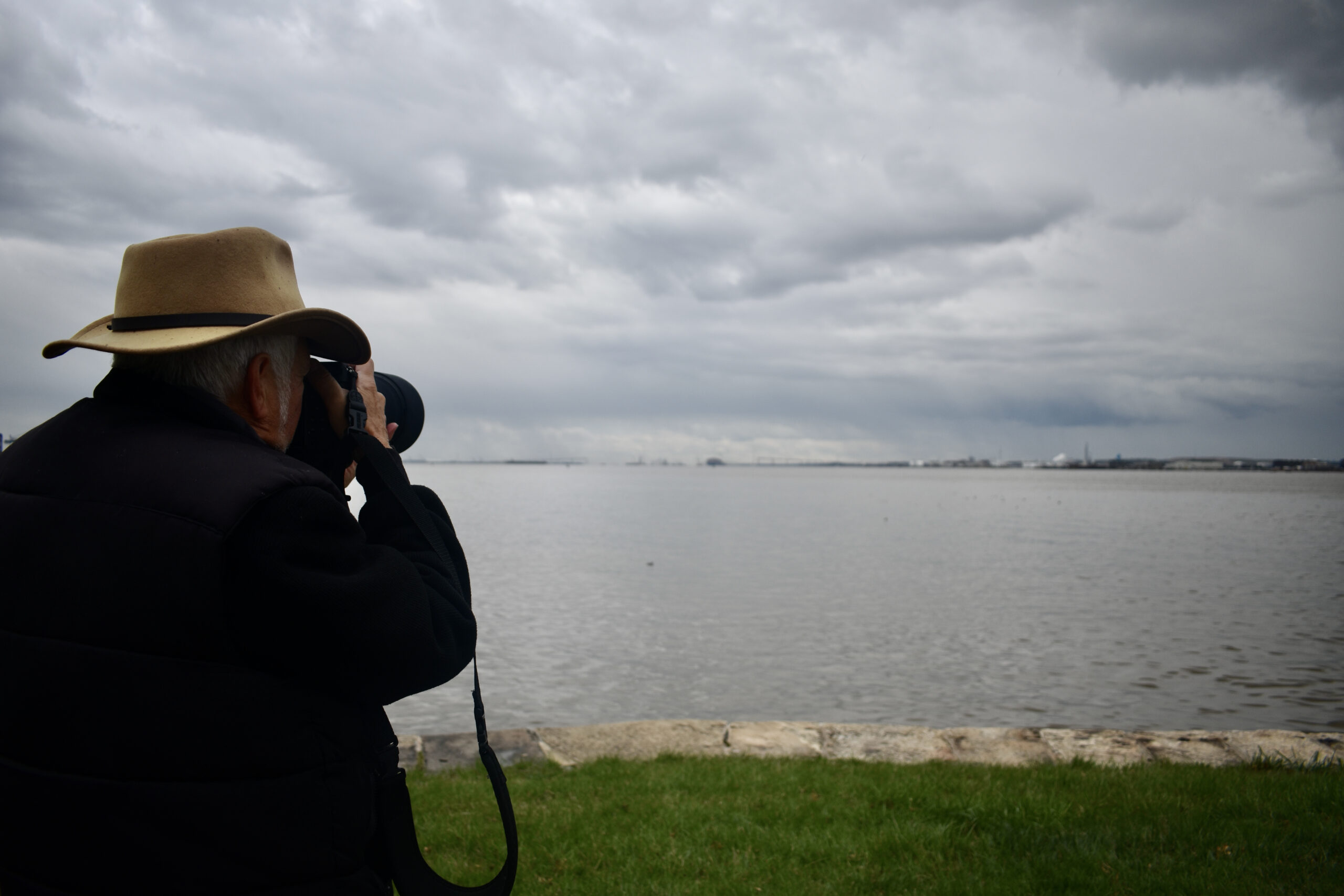
Each day this week, divers went to work assessing damage to the stranded ship. Their goal is to figure out exactly where it is grounded in the rubble so that officials can figure out how to move it out of the port, according to the Key Bridge response team.
Recovery workers had an audience for much of their work, as community members came to watch, pay tribute and take photographs. Jerry Lazarus, a wildlife photographer and Baltimore resident, came to the Fort McHenry National Monument to take a picture of the back-side of the collapsed bridge. Lazarus used to be a regular user of the bridge.
“I thought, ‘Oh, that can’t be true,’” he said. “It kept me up for a while. I didn’t really want to believe it.”
Now his photographs record the new shape of the Baltimore skyline.
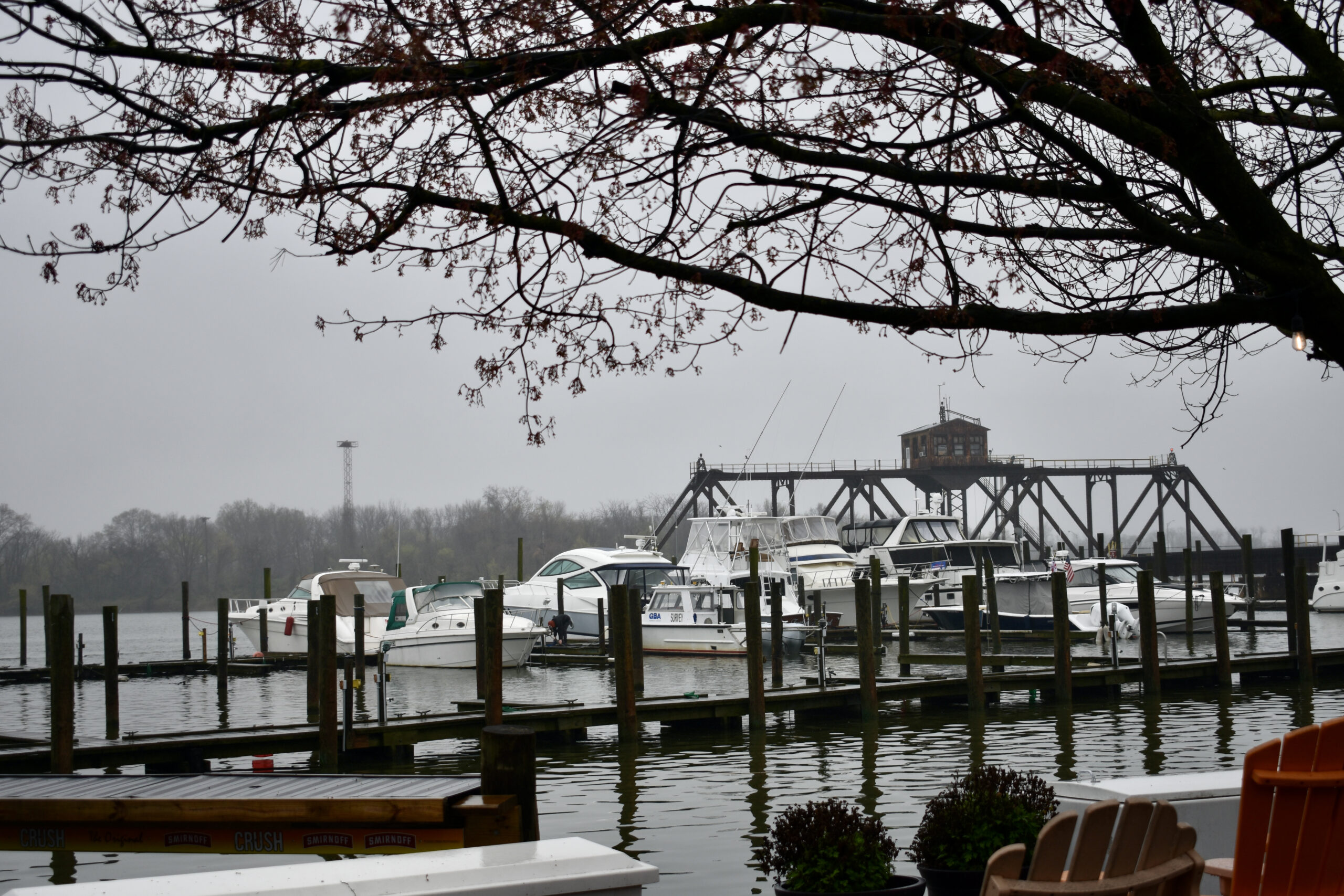
Anchor Bay East Marina and Hard Yacht Cafe, has been in business since 1987 but new owner and operator, Alex Del Sordo, had only been at the job for two weeks when the bridge collapsed. At 3 a.m. on Tuesday morning he got the phone call about the bridge.
“It was a really devastating moment,” he said.
Since then his business has been constantly running its fuel dock to support first responders, and workers have provided meals to over 400 of those workers. He is trying to figure out how his business will fare with the reduced traffic.
“We’re asking ourselves, ‘How are we going to weather the storm here? And what are we going to do?’” he said.
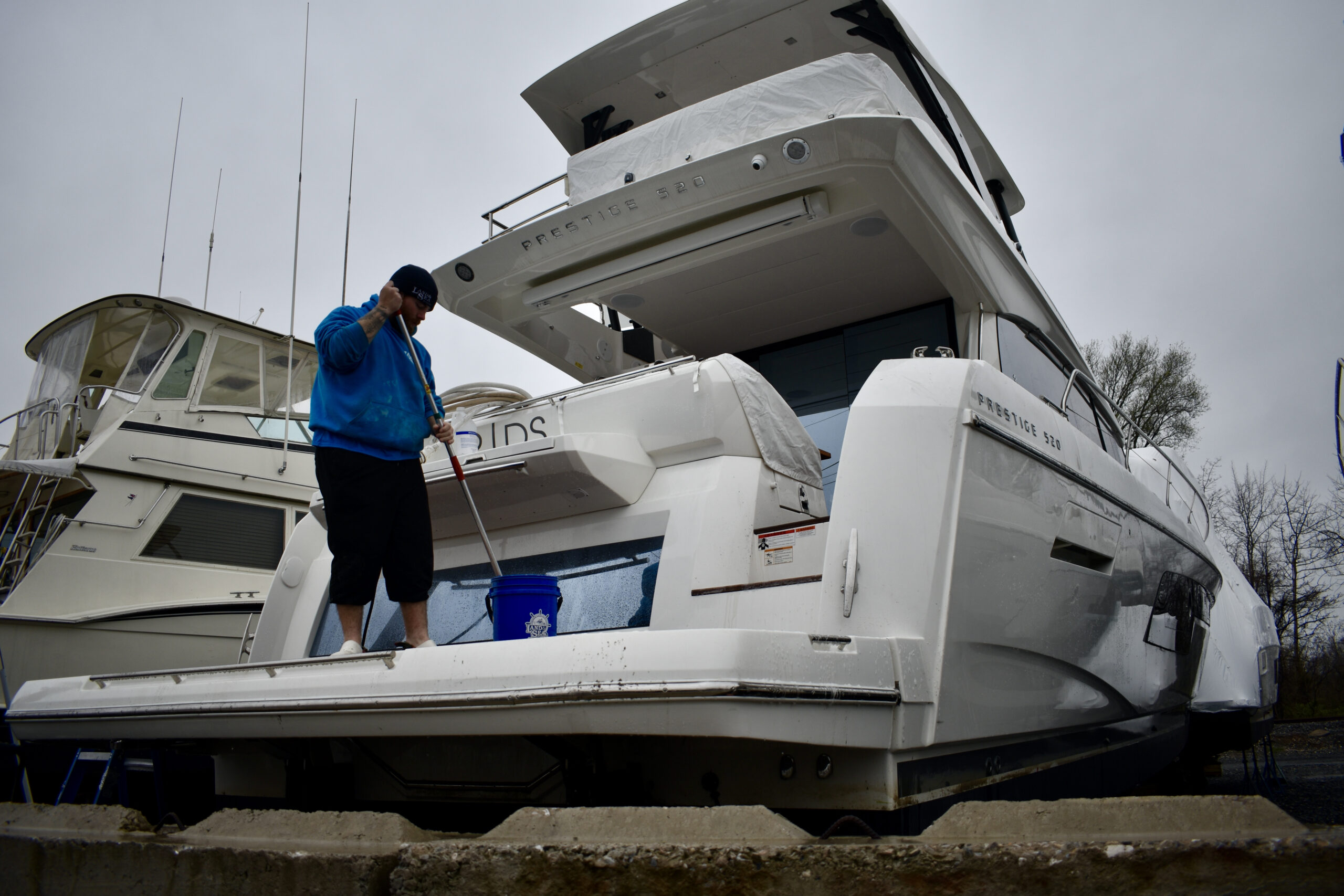
Anchor Bay East Marina is home to many boaters and a popular spot for pleasure boaters. But with the Port of Baltimore closed, businesses are losing customers.
Owner and Operator of boat cleaning company Land and Sea Detailing, Tom Uzupus, said since the bridge collapsed some clients have declined service and they have lost about a half-dozen jobs. With temporary channels open, he is hopeful that soon business will pick back up.
“I think in the next couple of weeks a lot’s going to happen,” he said.
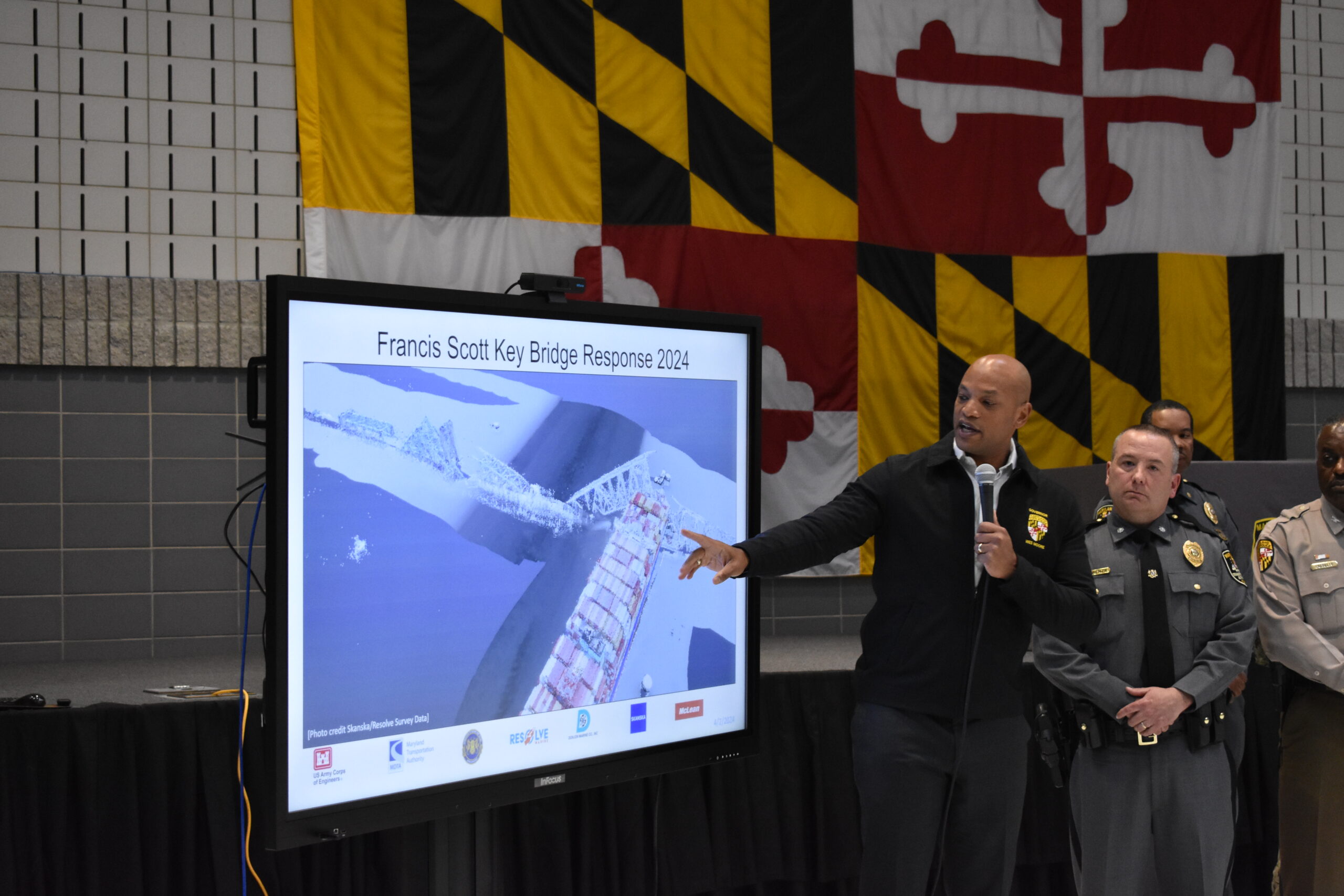
During his daily press conference a week later, Gov. Wes Moore talked about the next steps for removing the remaining bridge and opening more channels that will support boat traffic.
The U.S. Army Corps of Engineers says it hopes to open a limited-access channel to the Port of Baltimore by the end of April. This channel would allow one-way traffic in and out of the port, allowing cargo including automobiles and farm equipment to come and go.
Gov. Wes Moore has been holding afternoon press conferences to give updates about the state of the bridge and the debris removal. On Friday, he signed an executive order directing $60 million to provide immediate temporary economic relief to help businesses and workers affected by the collapse.
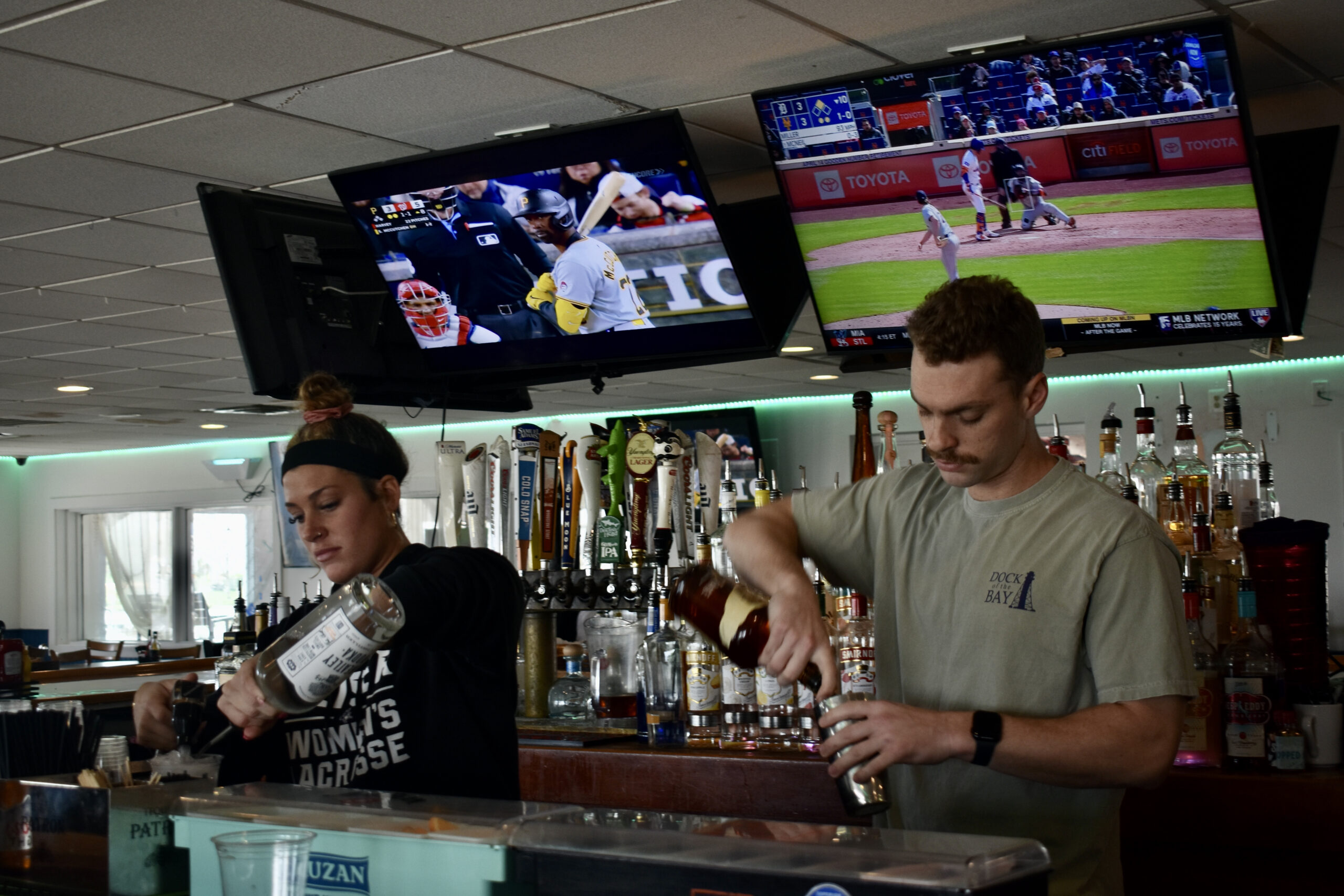
When community members heard the news, many jumped into action to provide support.
John McAvoy, the owner of Dock of the Bay, was awake around 2:15 a.m. with his 4-month old when he heard the news of the collapse. He said that, moments later, he decided to take action.
“At like around 3 a.m., in my head I was like, ‘You gotta do something,’” he said.
He left his home in Lutherville and, while heading to the restaurant, he posted on social media seeking guidance on where to drop off the food he planned to prepare. Community members reached out to help.
McAvoy then made boneless chicken bites, crab balls, pretzel bites and french fries, then taking it to the site just before daylight.
“By 5 a.m. we were there and showing them that the community had their back and we were going to do our part to support them,” he said.
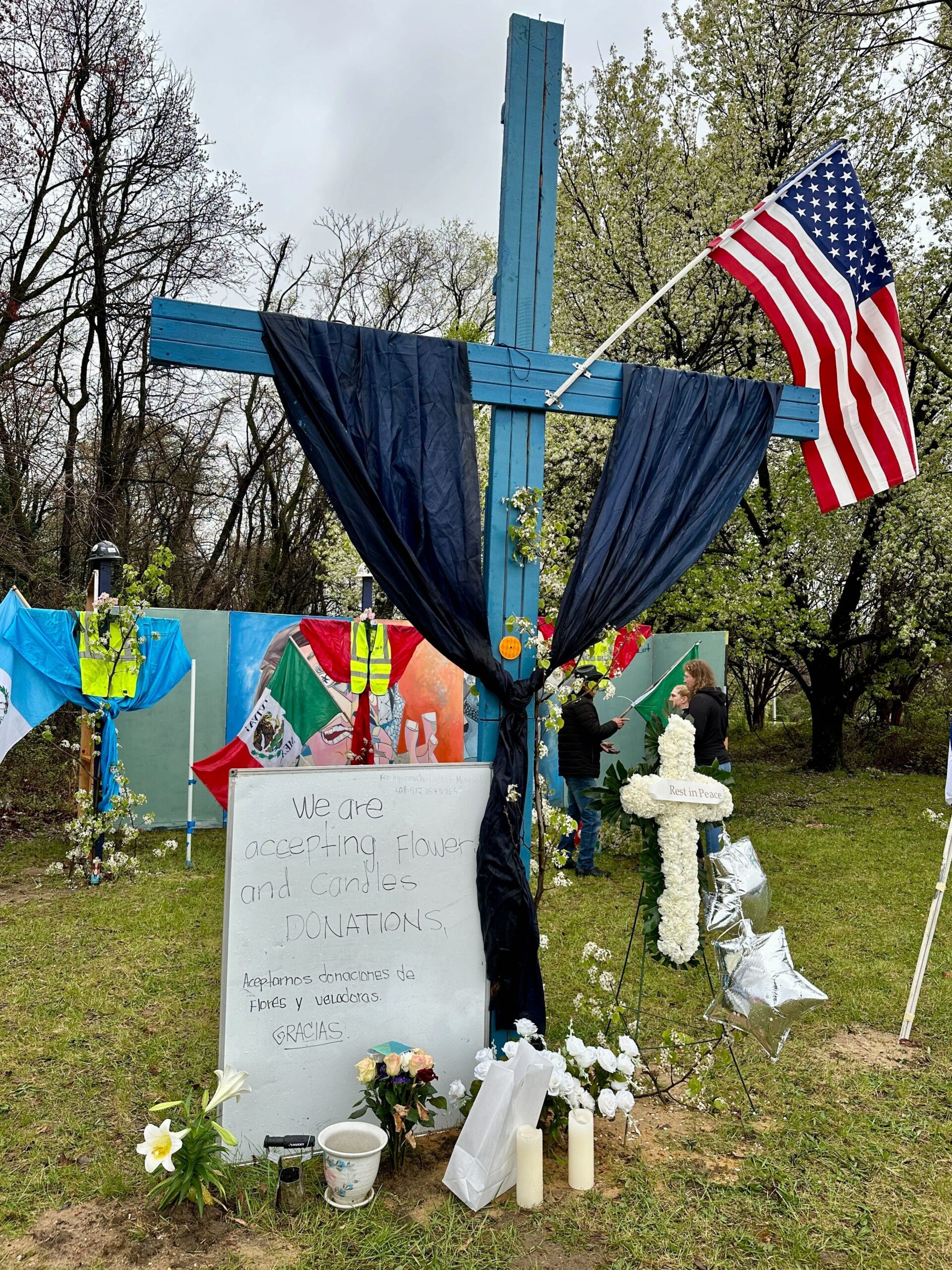
Dallas-based artist Roberto Marquez drove to Baltimore to erect this memorial on Fort Armistead Road, near the foot of the bridge, to the six immigrant construction workers who died when the bridge collapsed. The men were from El Salvador, Guatemala, Honduras and Mexico.
@cnsmaryland Dallas artist Roberto Marquez traveled to Baltimore to create a memorial for the workers lost to the Francis Scott Key Bridge collapse. #fyp #maryland #baltimore #bridgecollapse #keybridge #memorial #artist #art #mural #hawkinspoint ♬ original sound – Capital News Service
The memorial features crosses adorned with construction vests and hats, flags representing the countries the men were from and a mural. Visitors have left flowers, cards and bottles of beer.
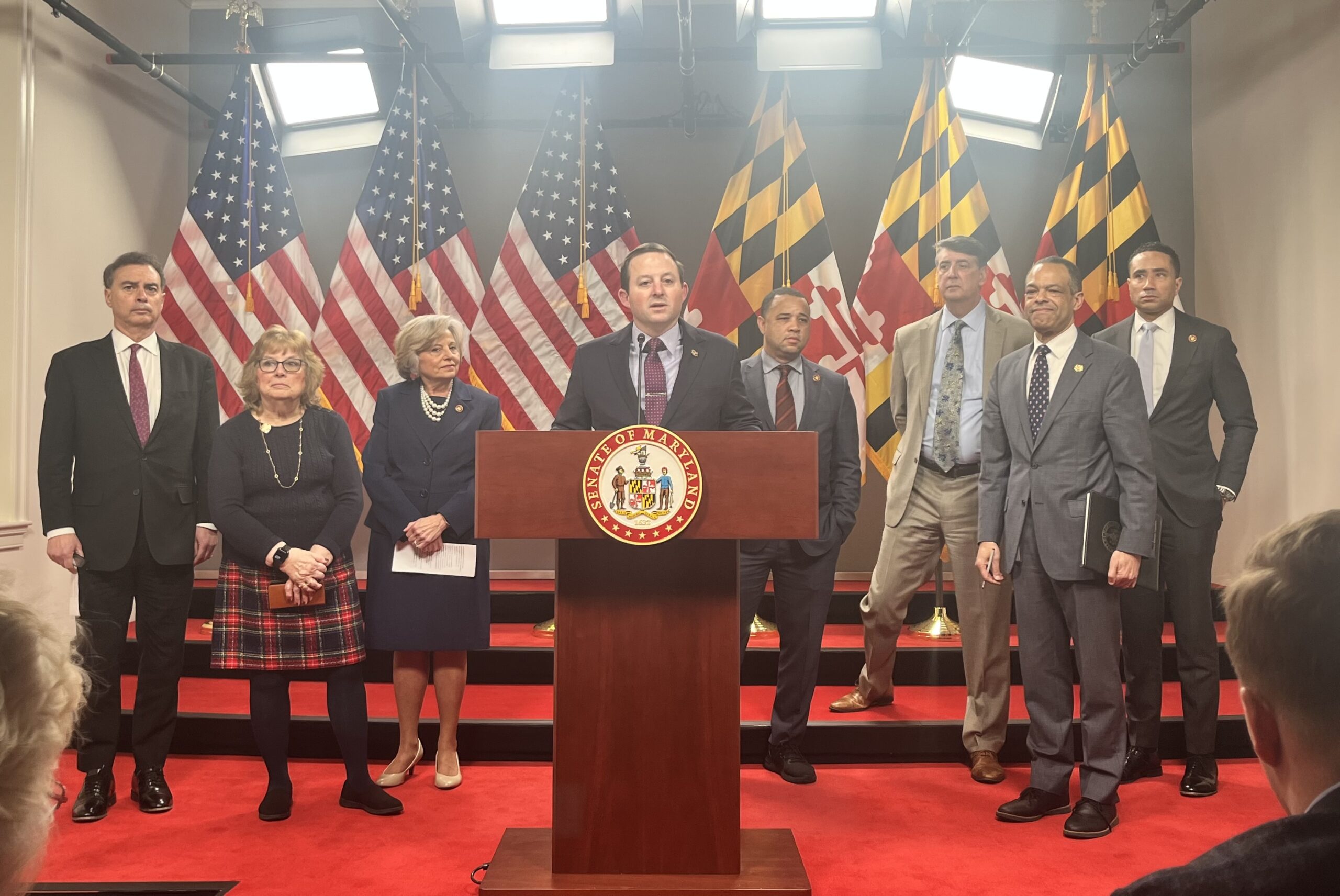
At the State House in Annapolis, lawmakers worked on wrapping up their spring legislative session, with the bridge collapse never far from mind. Senate President Bill Ferguson, D-Baltimore, told reporters he’s glad to see the recovery efforts moving along.
“We have an idea now of when the Port of Baltimore’s channel will be fully operational again,” he said at the week’s close. The work is only just beginning, but Ferguson applauded the community’s response.
“It’s a story of resilience,” Ferguson said, “and building back stronger as we move forward.”

You must be logged in to post a comment.